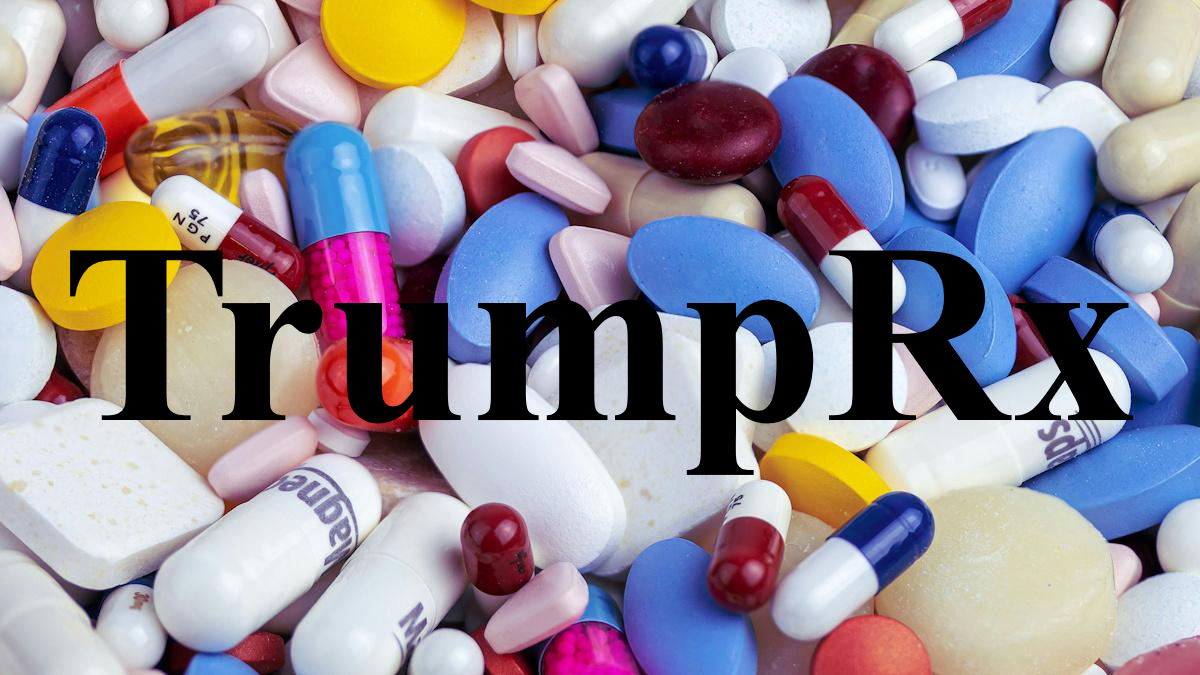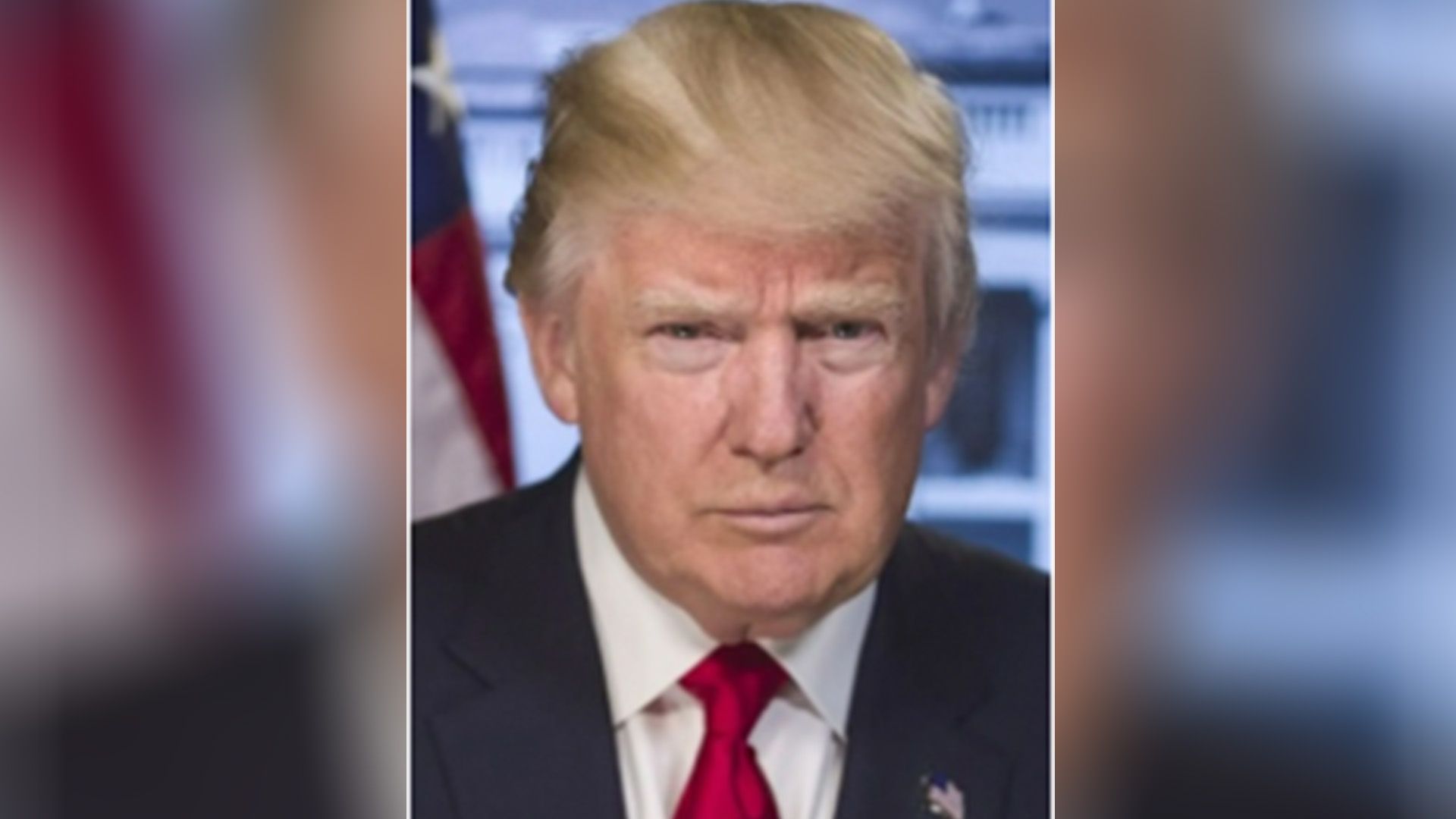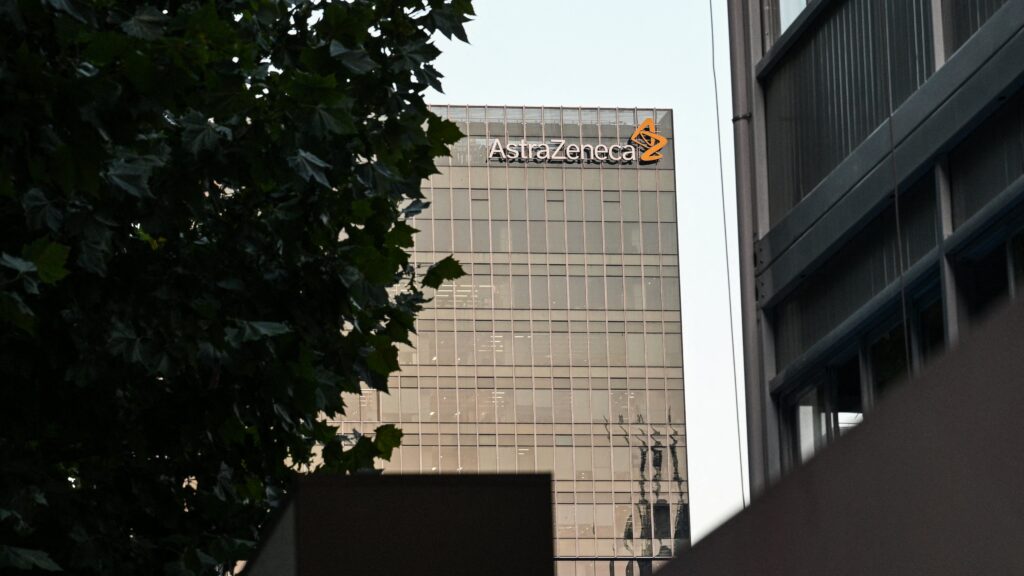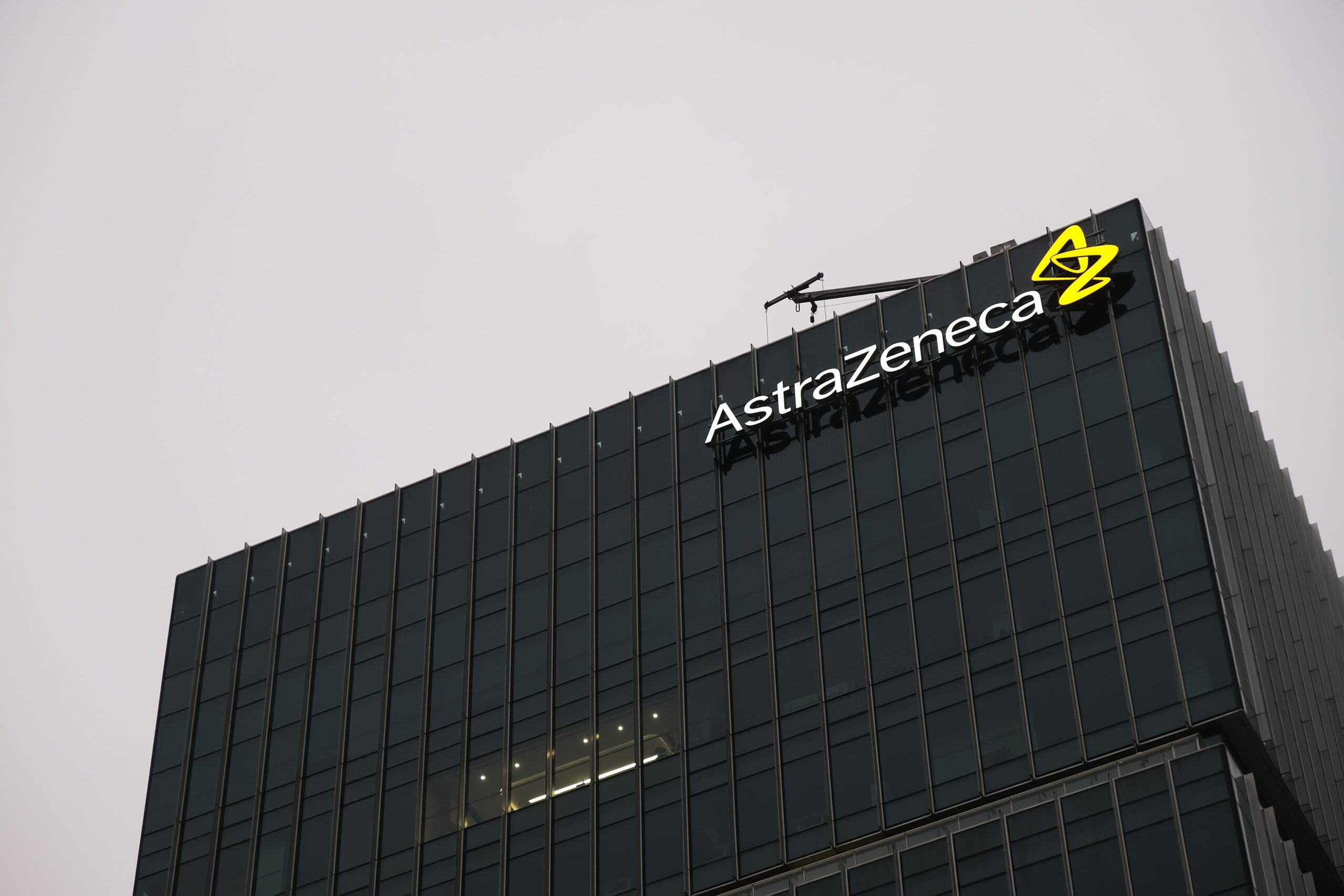
Possible implications of TrumpRx, the federal direct-to-consumer sales channel, are starting to emerge ahead of its scheduled launch next year.
It has been reported that prescription drug savings platform and online pharmacy player GoodRx has started talking to the Trump administration about piggybacking on the TrumpRx scheme, which was initially portrayed simply as a website that would help patients buy drugs directly from pharma manufacturers at discounted prices.
Pfizer has already said it will participate in TrumpRx as part of an agreement to reduce drug pricing in the US, offering savings of up to 85% on list prices, in line with the Trump administration’s drive to implement a most favoured nation (MFN) pricing model for prescription drugs. It is one of several big-name pharma groups that have launched DTC sales channels for medicines that offer discounts to cash-paying customers on selected medicines.
According to Reuters, GoodRx is negotiating to layer in its business model of connecting patients to drugmakers’ coupons and discounts.
The news agency cites the 14-year-old company’s chief executive, Wendy Barnes, as saying that the federal government understands that “if we include the pharma direct programmes, we also have to find a way to convey competitive cash pricing at retail pharmacies.”
GoodRx says its platform is used by around 30 million people in the US and a million healthcare professionals.
The value of the TrumpRx platform to patients remains hard to gauge, given that an estimated 90% of people in the US have at least some form of health insurance and – even taking into account deductibles and co-pays – sourcing drugs through their cover is likely to be cheaper than buying them directly.
It is also unclear if the cost of sourcing a drug via TrumpRx will count towards the deductible for insured patients, and if not, they may have to pay full price for other medicines, which could cancel out some of the savings.
Pharmacy groups, including the National Association of Chain Drug Stores (NACDS), have also expressed concern that excluding them from the dispensing process could be unsafe, for example, by allowing people to source multiple medications at the same time that could be incompatible.
The NACDS has also argued that DTC channels should not distract from much-needed reform of the pharmacy benefit manager (PBM) model of supply chain middlemen whose tactics are “exploding Americans’ prescription drug costs.”
GoodRx contends that adding its discounting programmes to TrumpRx could expand the scheme so it is more useful for the insured, in addition to under- and uninsured people, and also raise the prospect of vouchers being redeemable at community pharmacies and drug stores.
BlinkRx conflict of interest?
Meanwhile, a Wall Street Journal report has raised concerns about a meeting scheduled for early December between online prescription drug delivery BlinkRx and senior Trump administration officials, pointing out that the company recently appointed President Trump’s son Donald Trump Jr to its board of directors.
The Journal points out that BlinkRx stands to benefit from the formation of TrumpRx as it promises to help pharma companies set up DTC channels in “as little as three weeks.”
Pfizer, Eli Lilly, and Amgen – which took its first steps down the DTC route with the launch of its AmgenNow channel last week – are reported to be among the companies invited to attend the Future of Pharmaceuticals conference.
Top image adapted from photo by Myriam Zilles on Unsplash









